-
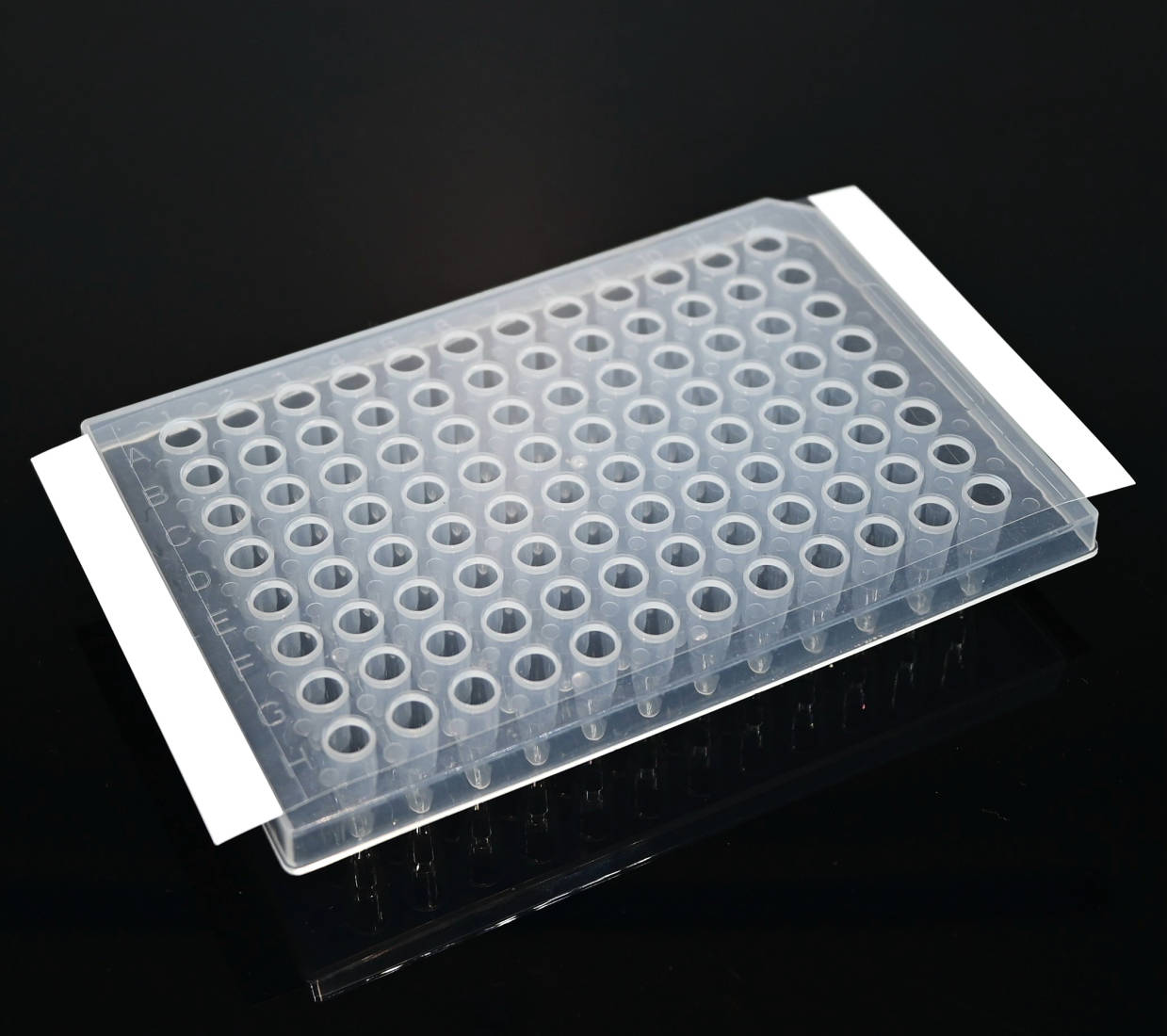
How to Seal a PCR Plate
Introduction PCR plates, a staple of the laboratory for many years, are becoming even more prevalent in the modern setting as laboratories scale up their throughput and increasingly employ automation within their workflows. Achieving these objectives whilst preserving the accuracy and integrity ...Read more -
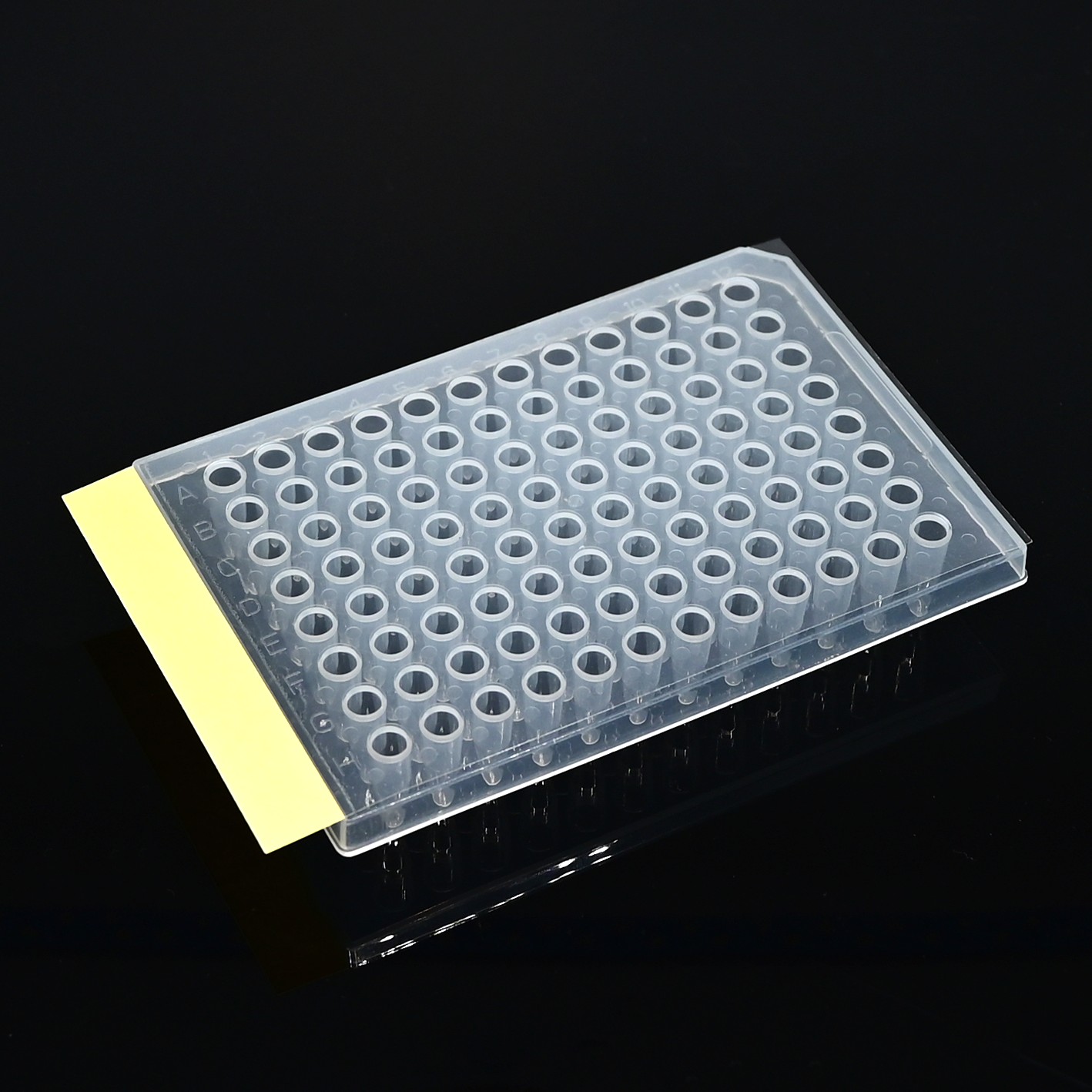
The importance of PCR sealing plate film
The revolutionary polymerase chain reaction (PCR) technique has made a significant contribution to the advancement in human knowledge in multiple areas of research, diagnostics and forensics. The principles of standard PCR involve amplification of a DNA sequence of interest in a sample, and after...Read more -
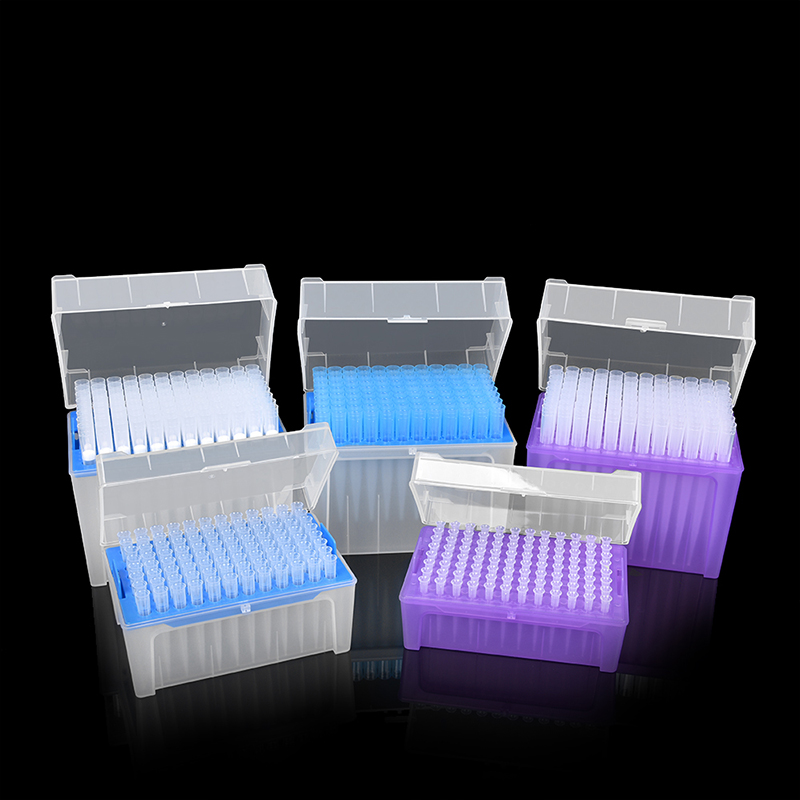
The Global Pipette Tips Market size is expected to reach $1.6 billion by 2028, rising at a market growth of 4.4% CAGR during the forecast period
Micropipette tips may also be used by a microbiology lab testing industrial products to dispense testing materials like paint and caulk. Each tip has a different maximum microliter capacity, ranging from 0.01ul to 5mL. The clear, plastic-molded pipette tips are designed to make it simple to see t...Read more -
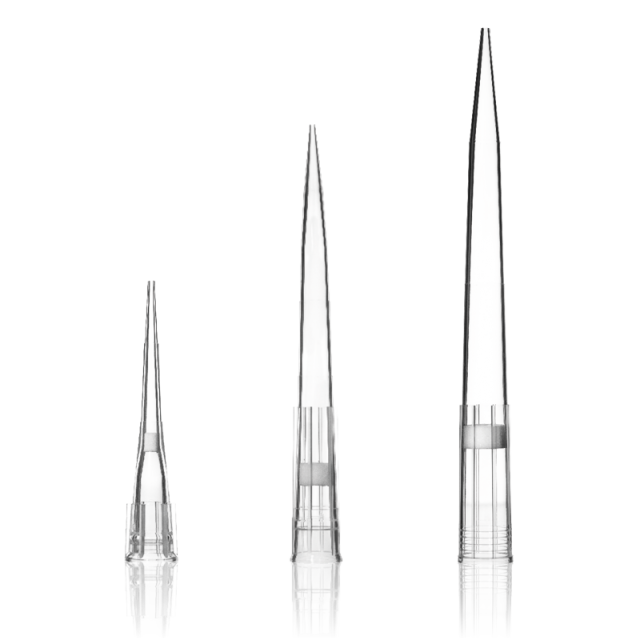
Pipette Tips
Pipette Tips are disposable, autoclavable attachments for the uptake and dispensing of liquids using a pipette. Micropipettes are used in a number of laboratories. A research/diagnostic lab can use pipette tips to dispense liquids into a well plate for PCR assays. A microbiology laboratory testin...Read more -

How often do Ear Thermometer Probe Covers change
In fact, it is necessary to replace the earmuffs of ear thermometers. Changing earmuffs can prevent cross-infection. Ear thermometers with earmuffs are also very suitable for medical units, public places, and families with high hygiene requirements. Now I will tell you about ears. How often shoul...Read more -
Precautions for laboratory pipette tips
1. Use suitable pipetting tips: In order to ensure better accuracy and precision, it is recommended that the pipetting volume be within the range of 35%-100% of the tip. 2. Installation of the suction head: For most brands of pipettes, especially multi-channel pipettes, it is not easy to install ...Read more -
Looking for a laboratory consumables supplier?
Reagent consumables are one of the commonly used materials in colleges and laboratories, and they are also indispensable items for experimenters. However, whether reagent consumables are purchased, purchased or used, there will be a series of problems before the management and users of reagent co...Read more -
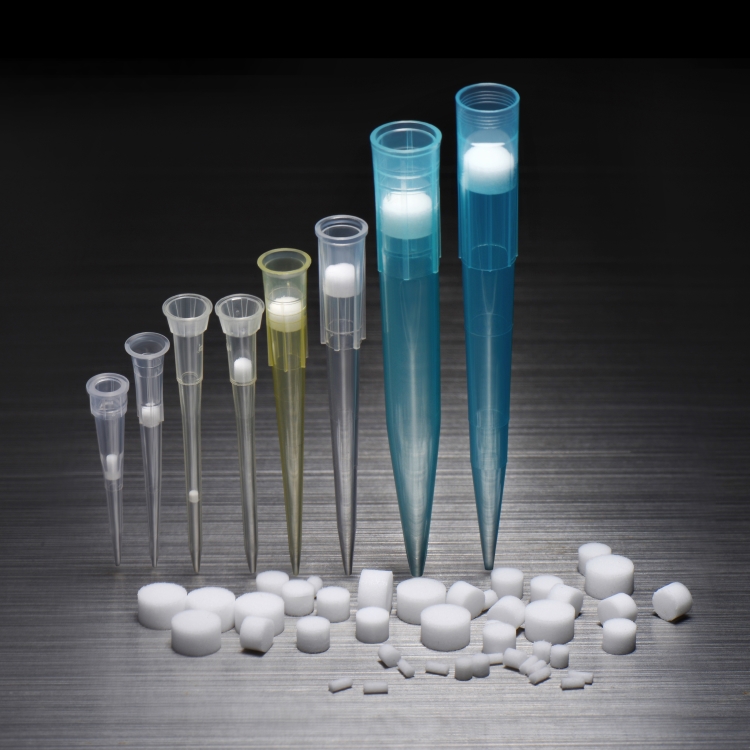
Suzhou Ace Biomedical Aerosol Barrier Pipette Tip Filters Lead the Way in COVID-19 Testing
Pipette tips, the most utilized product in just about every clinical and research laboratory, are used to transfer a precise amount of a patient sample (or any type of sample) from Point A to Point B. Paramount in this transfer – whether using hand-held single, multi-channel or electronic pipette...Read more -
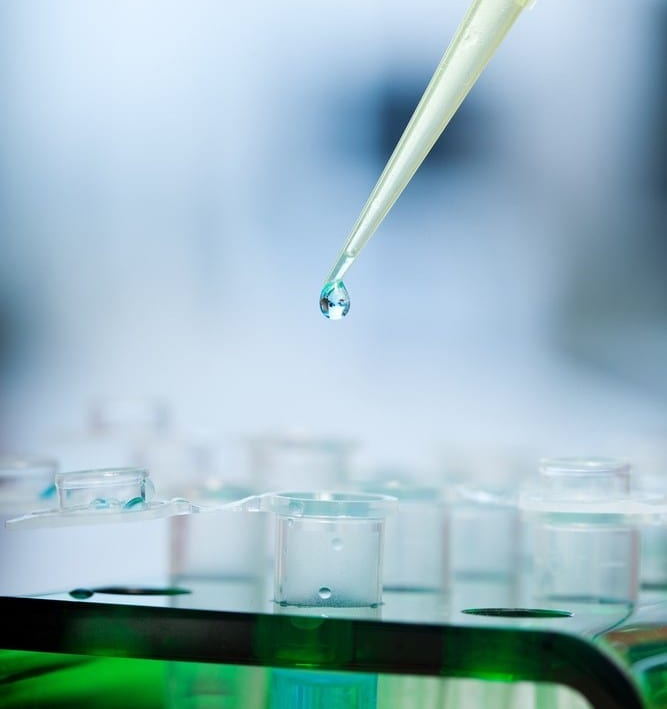
Pipette Tips Demonstrate High Bacterial Filtration Efficiency
An independent study has shown that Suzhou Ace Biomedical pipette filter tips have greater than 99 percent bacterial filtration efficiency, even at an increased challenge level. A new independent study demonstrates Suzhou Ace Biomedical pipette filter tips have greater than 99 percent bacterial f...Read more -
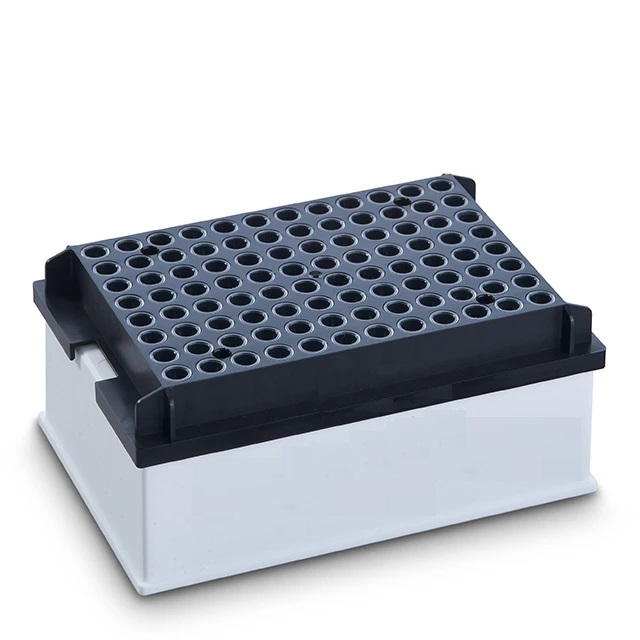
Disposable Pipette Tips Market Forecast to 2028 – COVID-19 Impact and Global Analysis By Type and End-User and Geography
The disposable pipette tips market is projected to reach US$ 166. 57 million by 2028 from US$ 88. 51 million in 2021; it is expected to grow at a CAGR of 9. 5% from 2021 to 2028. Growing research in the biotechnology sector and increasing advancements in the healthcare sector drive the growth of ...Read more

